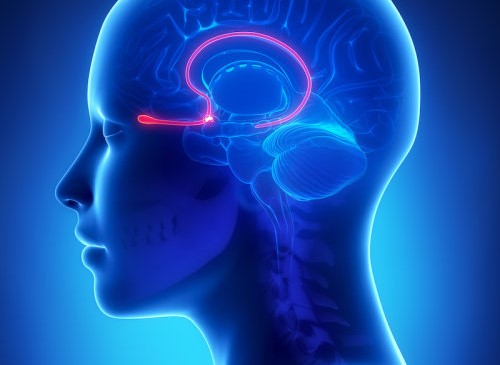The reader will remember the reaction he had when he smelled an unpleasant odor! The ability to detect and react to the smell of a potential threat is a precondition for the survival of our species and other mammals.
Using an innovative technique, researchers at the Karolinska Institute in Sweden were able to study what happens in the brain when the central nervous system judges a smell to be dangerous.
The study, now published in the journal PNAS, indicates that negative odors associated with unpleasant situations or malaise are processed earlier than positive odors and trigger an evasive physical response.
"The human response of avoiding unpleasant smells associated with danger has long been seen as a conscious cognitive process, but our study shows for the first time that it is unconscious and extremely fast," says the study's first author, Behzad Iravani, researcher at Department of Clinical Neuroscience at Karolinska Institute.
The olfactory organ occupies about five percent of the human brain and allows us to distinguish many millions of different smells. A large proportion of these smells are associated with a threat to our health and survival, as are chemicals and rotten foods. Odor signals reach the brain within 100 to 150 milliseconds of being inhaled through the nose.
The survival of all living organisms depends on their ability to avoid danger and seek rewards. In humans, the olfactory sense seems particularly important to detect and react to potentially harmful stimuli.
The neural mechanisms involved in converting an unpleasant odor into evasive behavior in humans have long been a mystery. One reason for this is the lack of non-invasive methods of measuring signals from the olfactory bulb, the first part of the rhinencephalon (literally "nasal brain") with direct (monosynaptic) links to important central parts of the nervous system that help us detect and to remember threatening and dangerous situations and substances.
Researchers at the Karolinska Institute have now developed a method that, for the first time, made it possible to measure signals from the human olfactory bulb, which processes odors and which in turn can transmit signals to parts of the brain that control movement and prevent behavior.
Their results are based on three experiments in which participants were asked to rate their experience with six different smells, some positive, some negative, while the electrophysiological activity of the olfactory bulb responding to each smell was measured.
"It was clear that the bulb reacts specifically and quickly to negative odors and sends a direct signal to the motor cortex within about 300 milliseconds," says the study's latest author Johan Lundström, associate professor in the Department of Clinical Neuroscience at the Karolinska Institute. "The sign causes the person to unconsciously lean back and away from the source of the smell."
The results suggest that our sense of smell is important to our ability to detect danger in our neighborhood, and much of this ability is more unconscious than our response to danger mediated by our senses of sight and hearing.
Author António Piedade is a biochemist and science communicator





















Comments